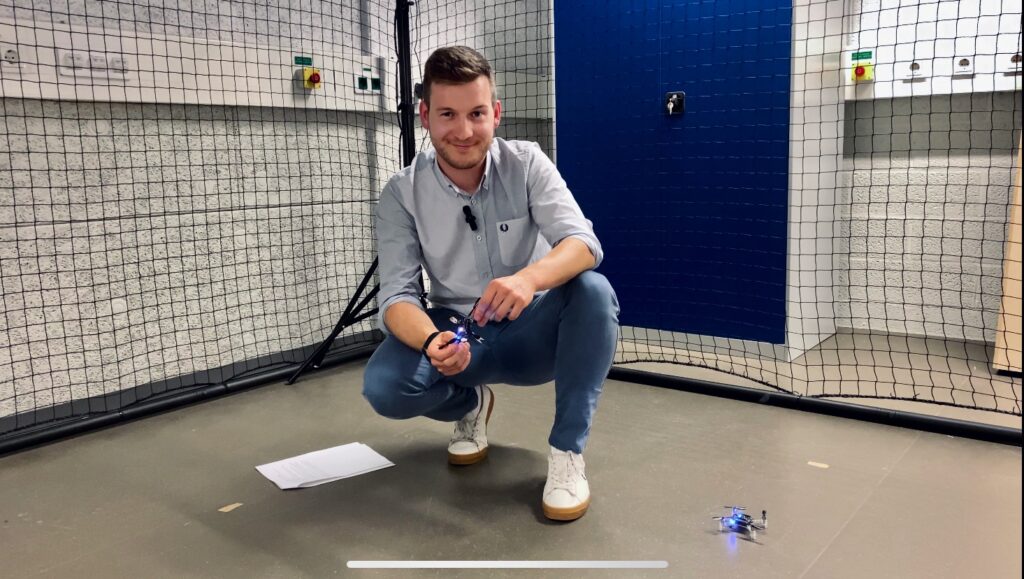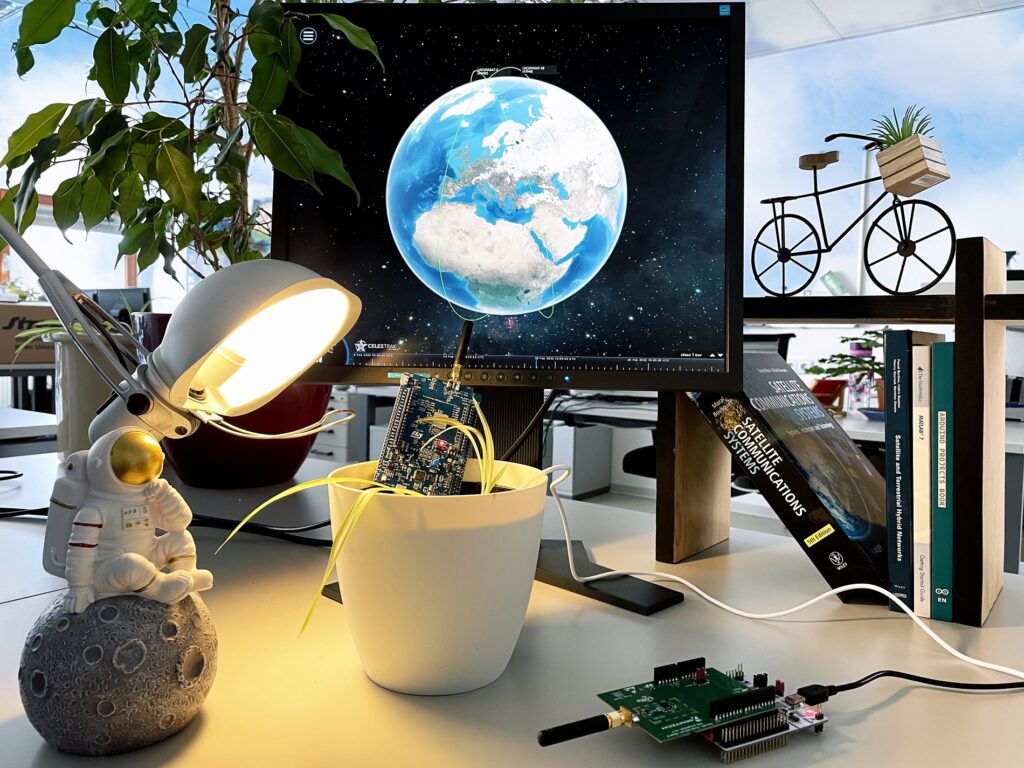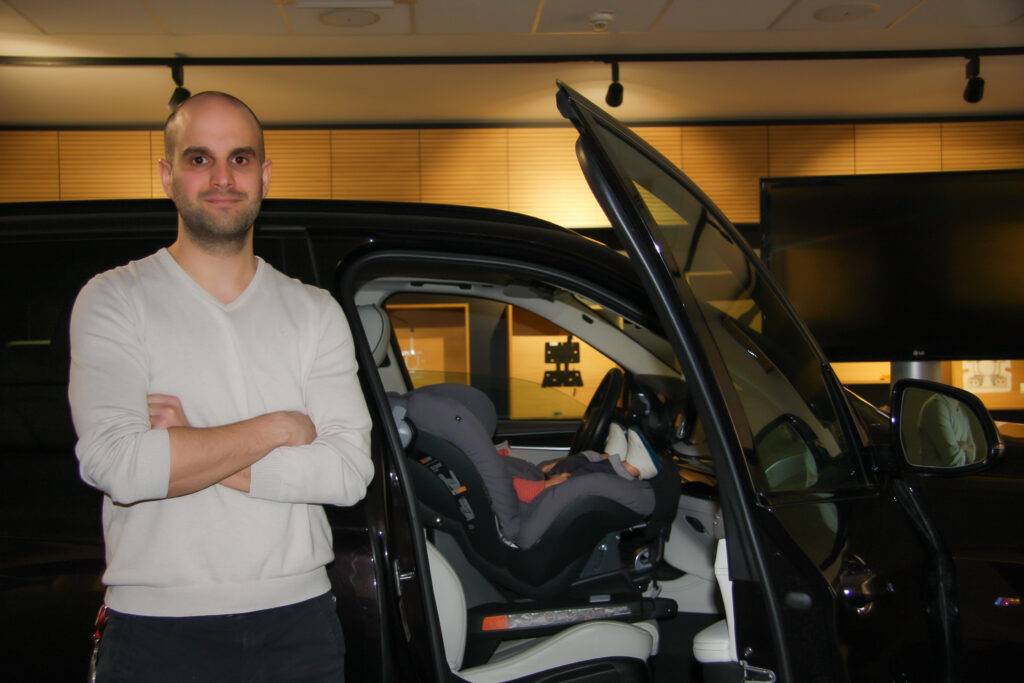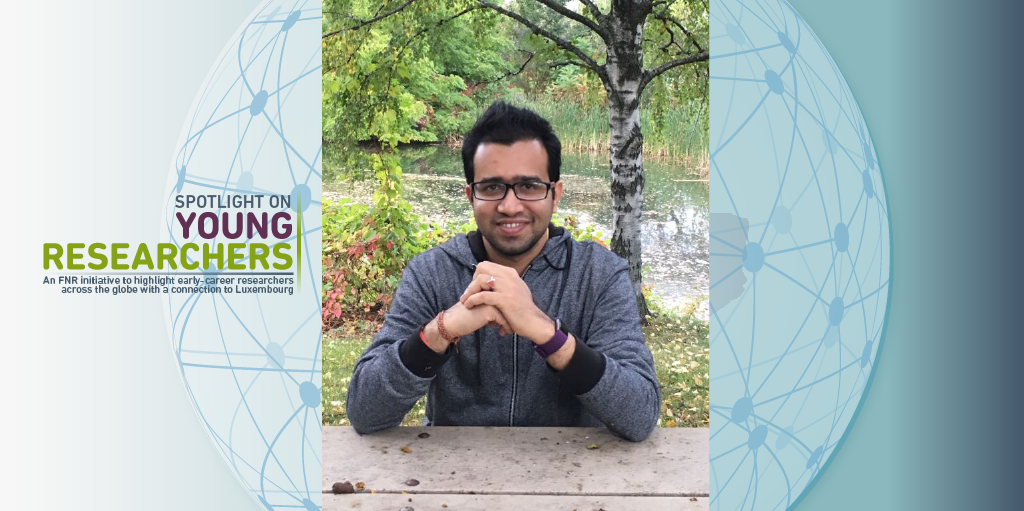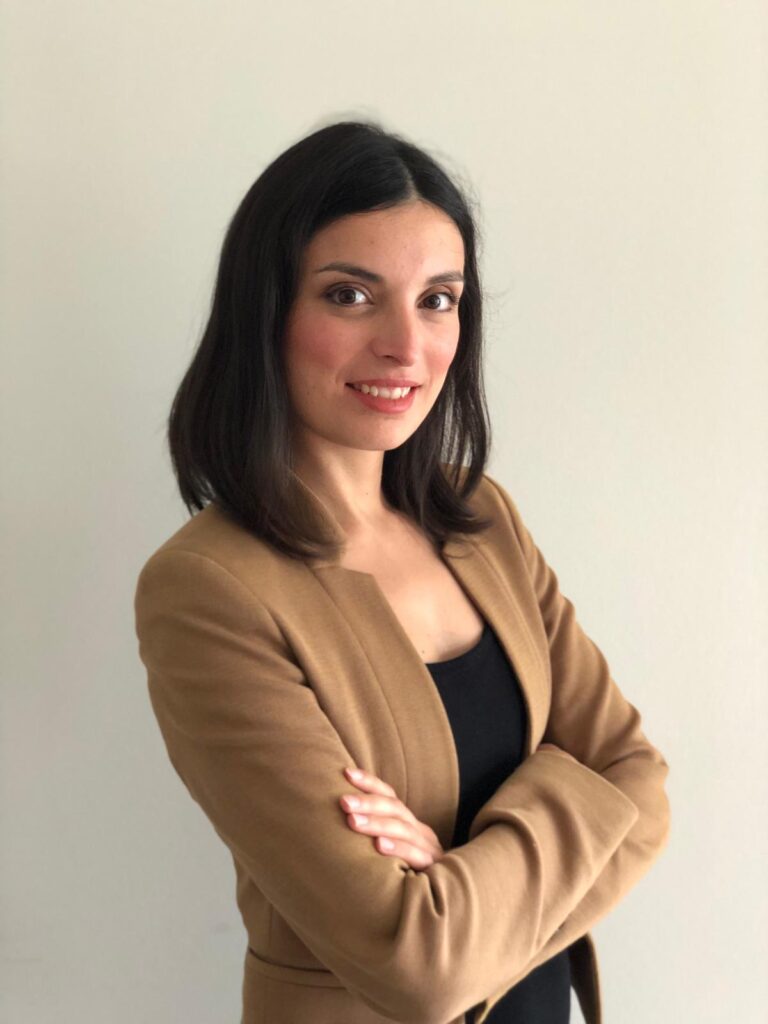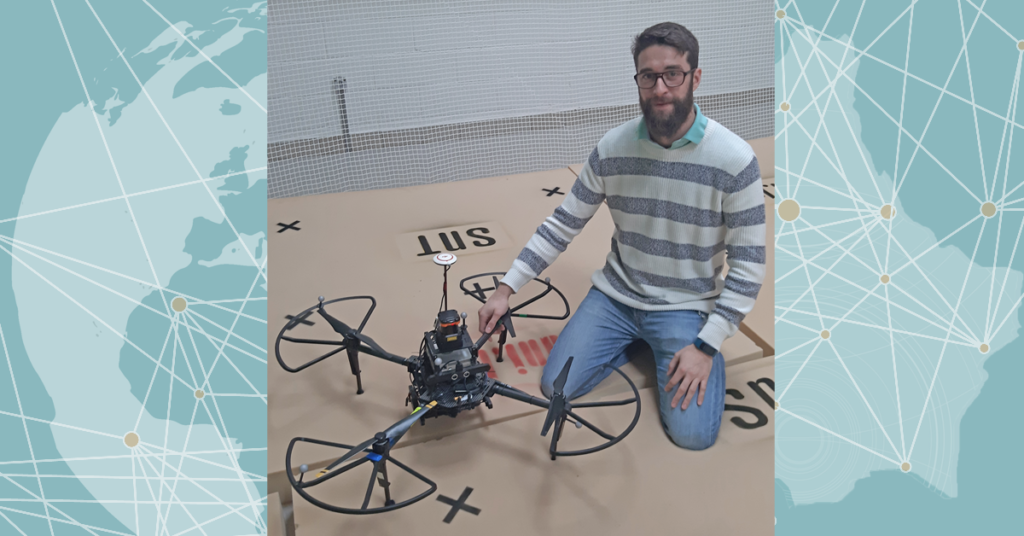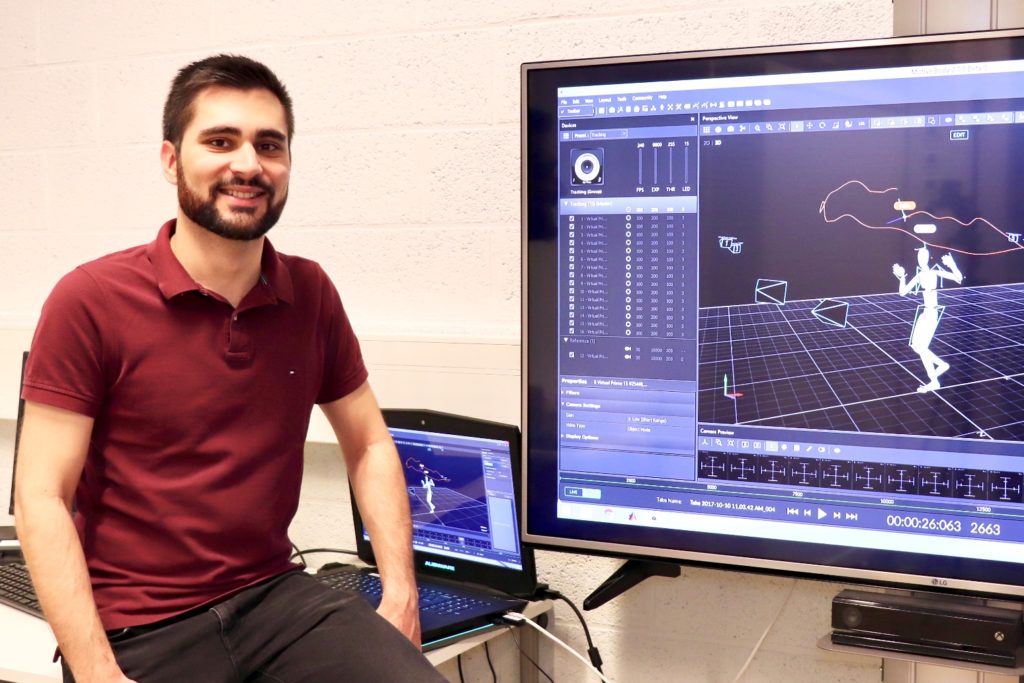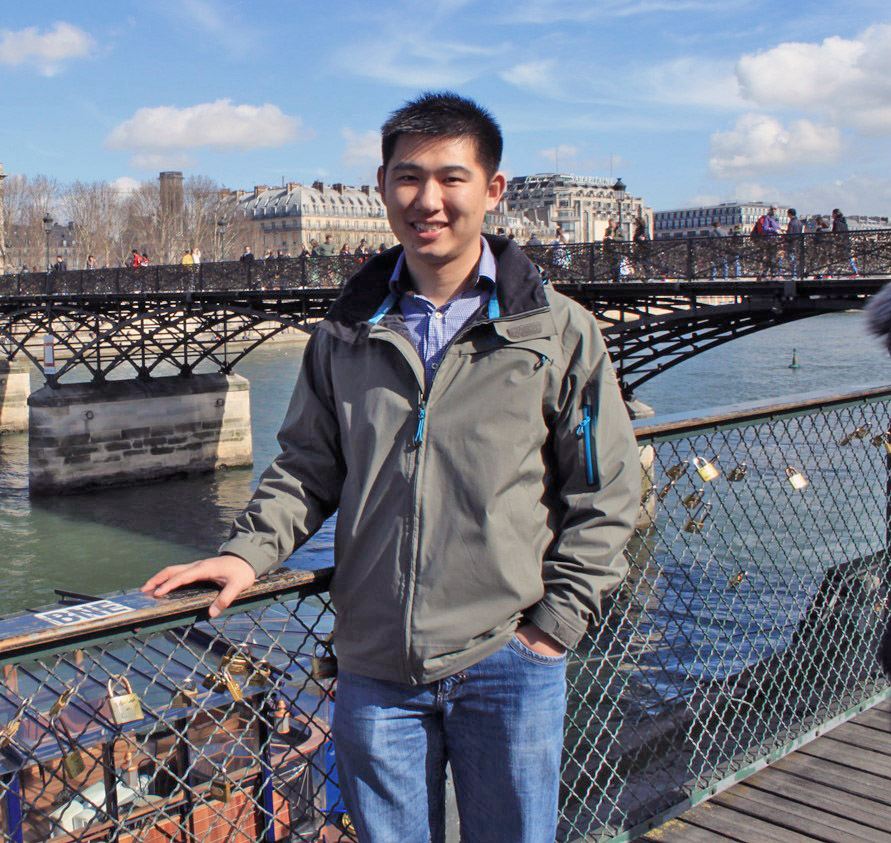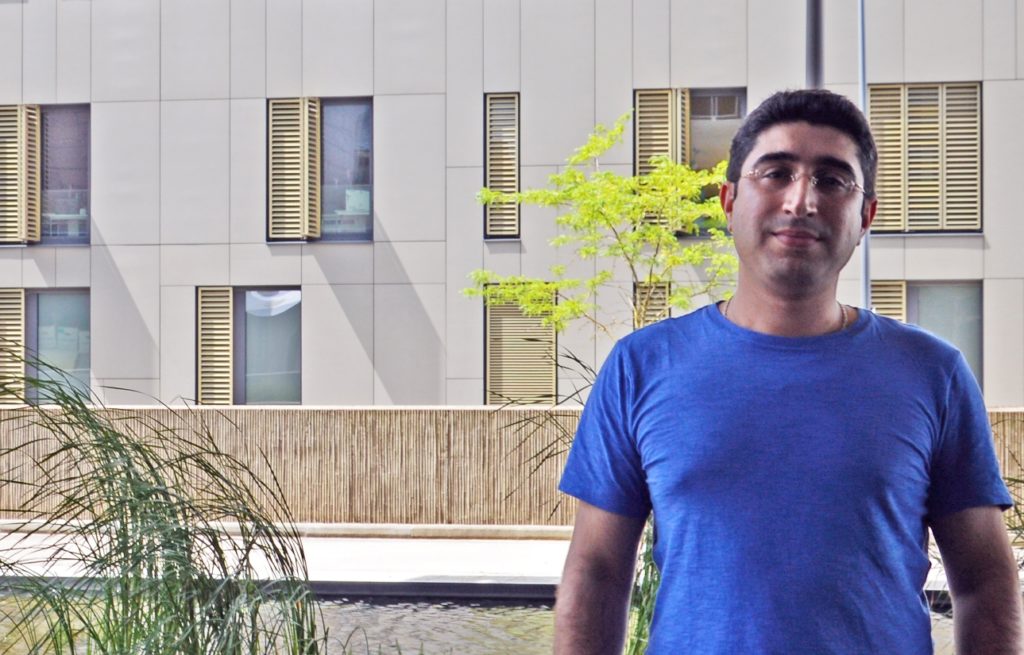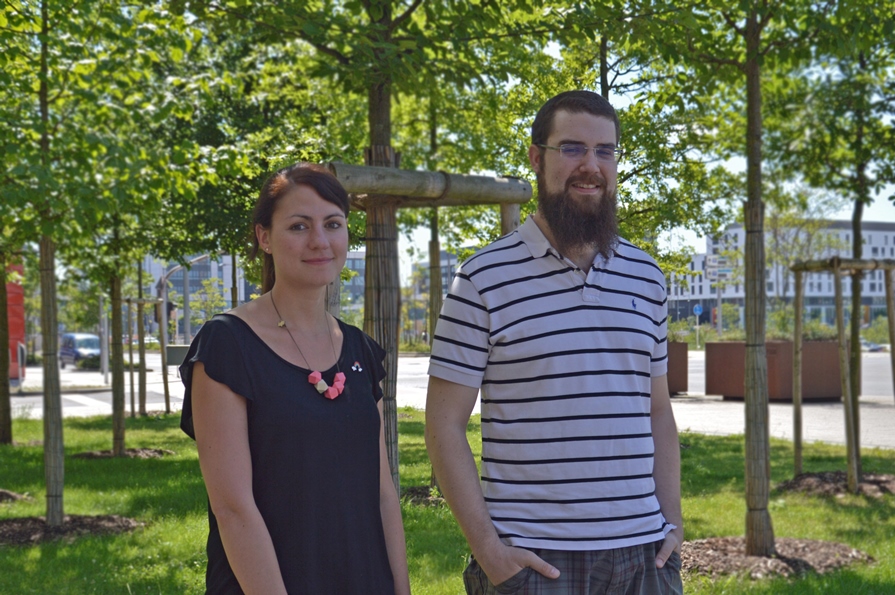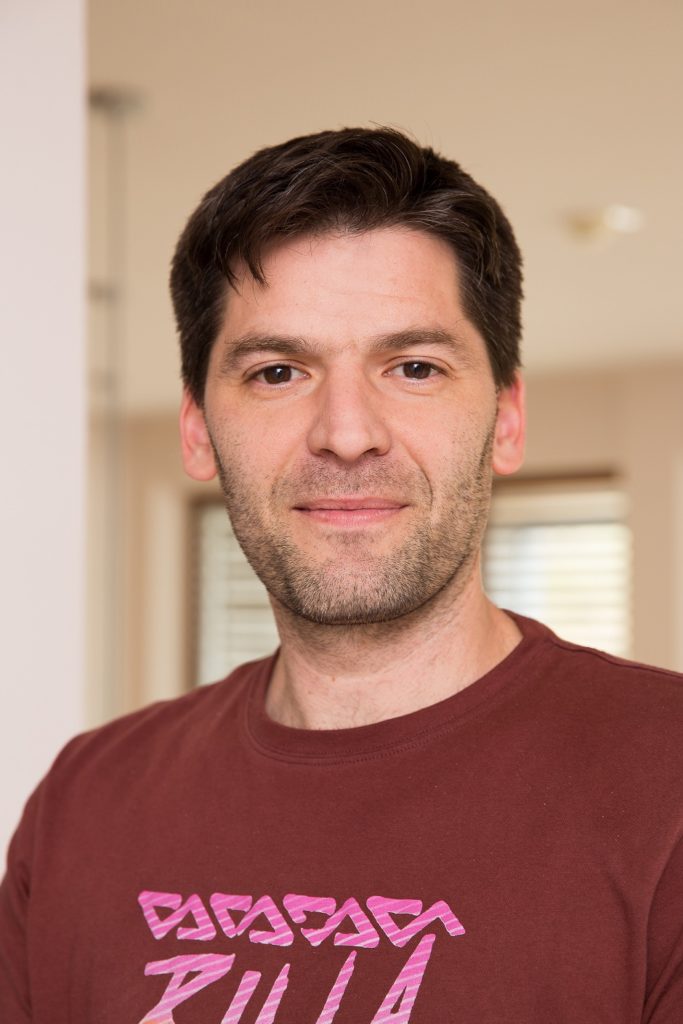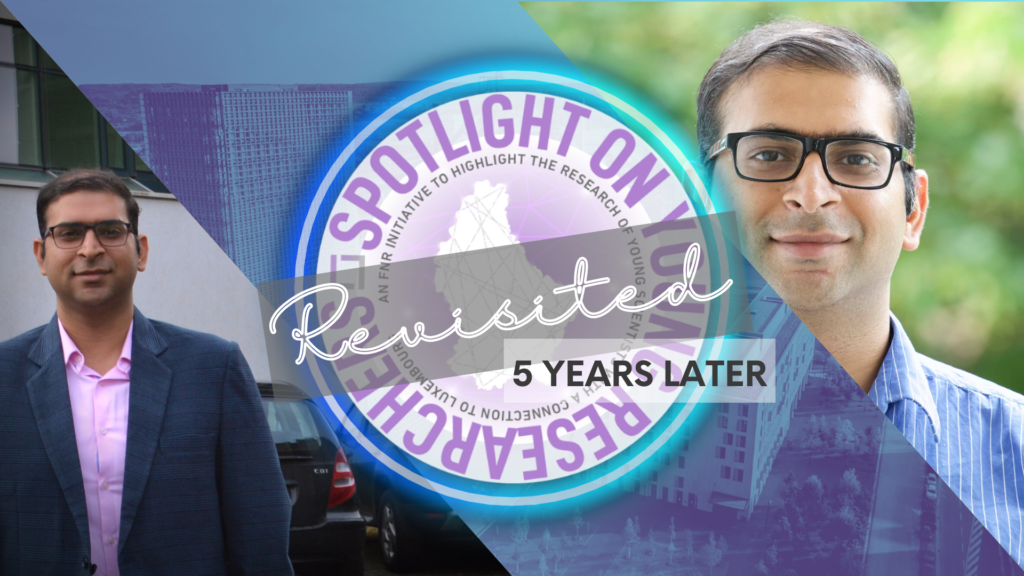
Language is a means of communication, a tool, a toy. Language is objective, dreamy, misleading. Language is as diverse as the people who speak it. And now, in the middle of the digital revolution, we expect machines to be able to understand texts, capture their content and comprehend the inner logic. To enable this, it is first necessary to convert language in all its variability into a formal framework which can be processed by algorithms. A challenging task for computer scientists and logicians. And just the right task for Prof. Leon van der Torre and Prof. Beishui Liao.
Liao and van der Torre have launched a China–Luxembourg alliance to make the logic of spoken and written language, in all its uncertainties, understandable to computers: van der Torre as head of the research group Individual and Collective Reasoning (ICR) at the Faculty of Science, Technology and Communication of the University of Luxembourg; Liao as Vice-director of the Institute of Logic and Cognition at Zhejiang University. Liao has been regularly researching in Luxembourg for three years in the scope of an “Inter Mobility” project of the FNR.
The applications for machines that understand natural language are huge. For example, there are so many papers being published at any given time in all conceivable scientific disciplines – from biology to philosophy – that no human can possibly keep up anymore. Entities like the EU are forever passing new laws and regulations – from food legislation to the infamous General Data Protection Regulation. Implementing all of these into existing automated processes and computer programs is proving to be a herculean task for the people assigned the responsibility. Machine assistance is therefore sorely needed.
“What makes things difficult for us, however, is the ambiguity and complicated argumentation logic that language follows,” says Prof. Dr Leon van der Torre. In their cooperation, the two saw an opportunity to get this problem under control. “Our teams complement each other ideally because we are approaching the topic from different perspectives,” says Liao:
“In my group at Zhejiang University we had developed a series of new theories, algorithms and prototype systems for efficient computation of abstract argumentation semantics. Leon’s group works in the direction of combining logic and natural language, and has conducted fundamental research on the topic of combining uncertainty and argumentation.”
The aim of their investigations was to develop formal models for uncertain argumentation from natural language text, and this became the very topic of the Inter Mobility Grant that the FNR approved for the two researchers in 2014. “We successfully developed theory and algorithms for this purpose, which lay a good foundation for formalising uncertain arguments in natural language and for evaluating their status properly and efficiently”, Liao explains.
The teams led by Liao and van der Torres have jointly published several high-ranking papers. “The Inter Mobility Grant was a wonderful starting point for our collaboration,” Liao says: “Luxembourg is one of the world’s best research locations for computer sciences. It has an open culture and the country is ideally connected with other scientific nations.”
Accordingly, Liao and van der Torre are continuing their collaboration: Liao is still researching in Luxembourg, while van der Torre has been called as a guest professor to Zhejiang University. The “Inter Mobility” programme has thus made international mobility and networking sustainably possible.
This success story originates from the FNR 2018 Annual Report – view the Annual Report as PDF or interactive digital version
INTER Mobility
The aim of the INTER mobility programme is to promote the exchange between research groups from public research institutions in Luxembourg, and leading research groups abroad.
DOMAIN: BM – Life sciences, biology and medicine
FNR COMMITTED: 99,000 EUR
PERIOD: 01.05.2014 to 30.04.2018


